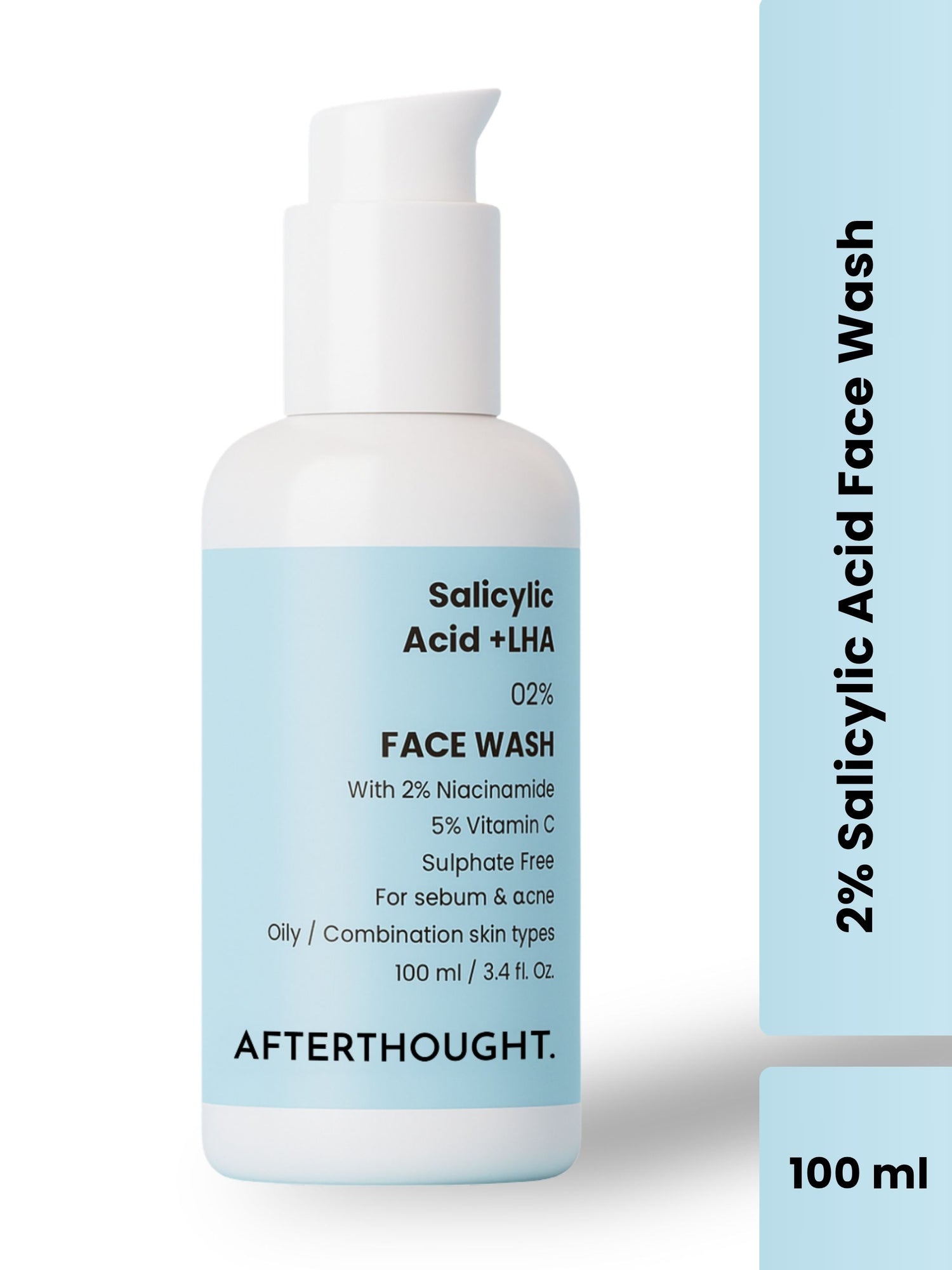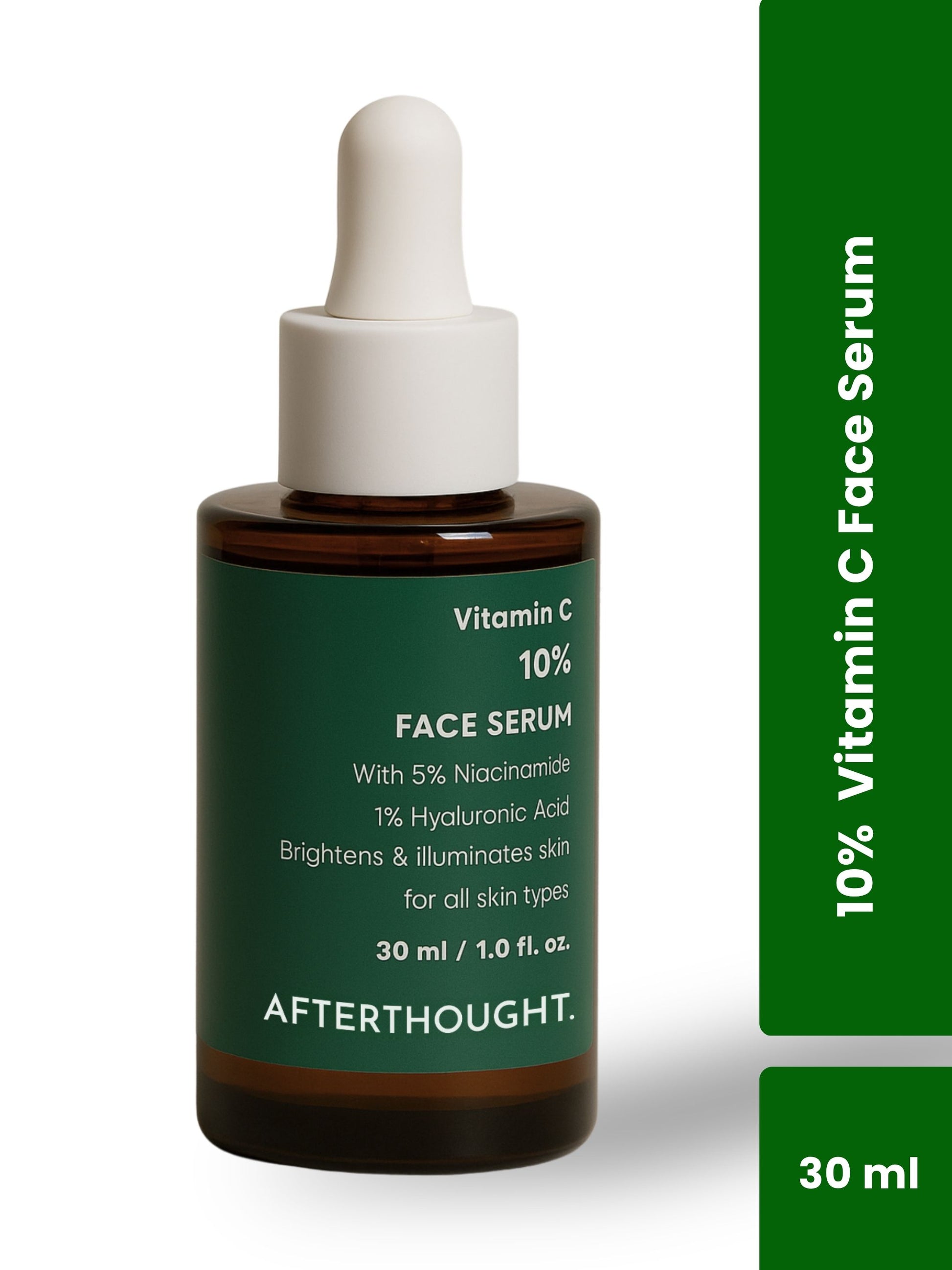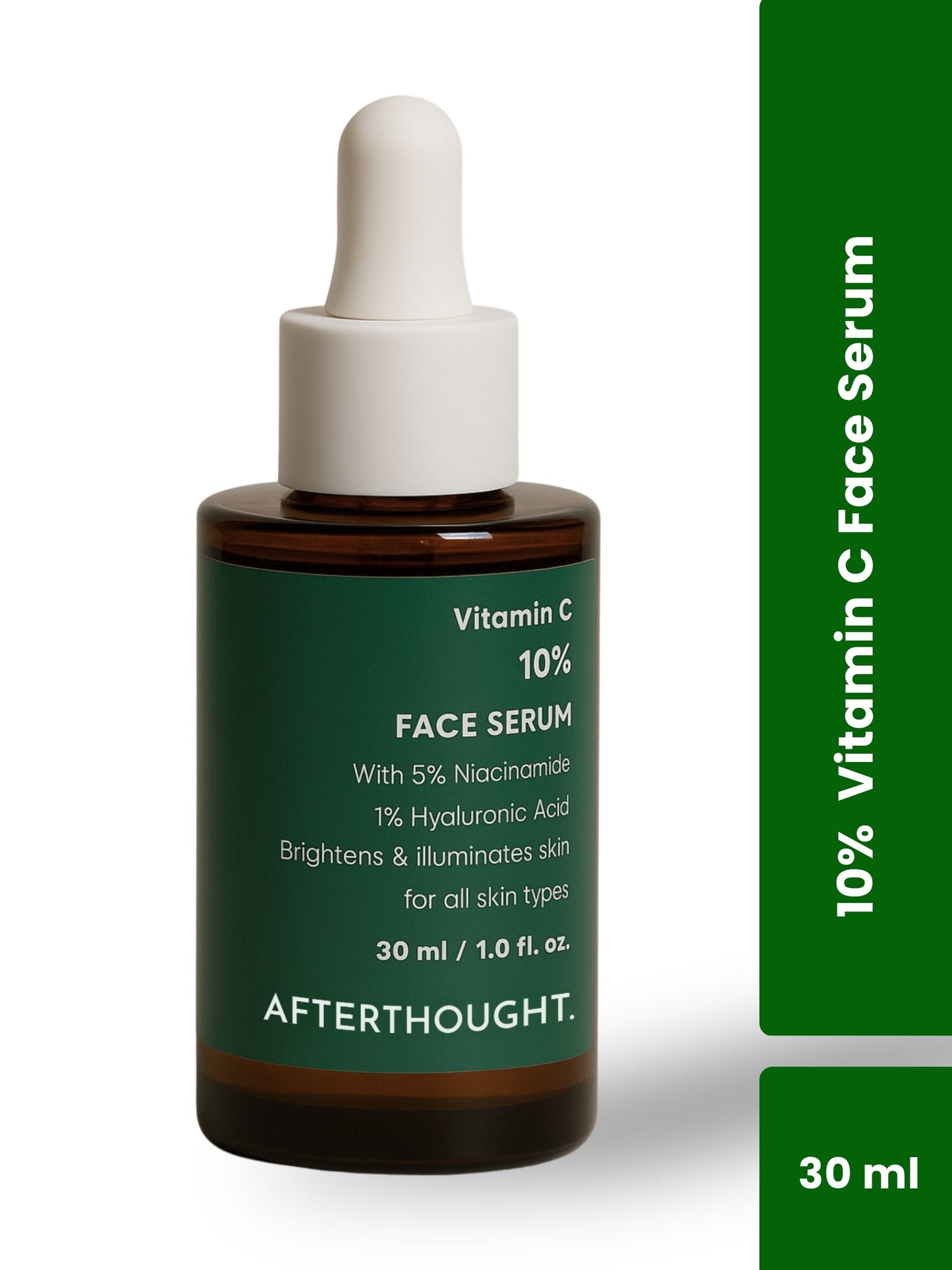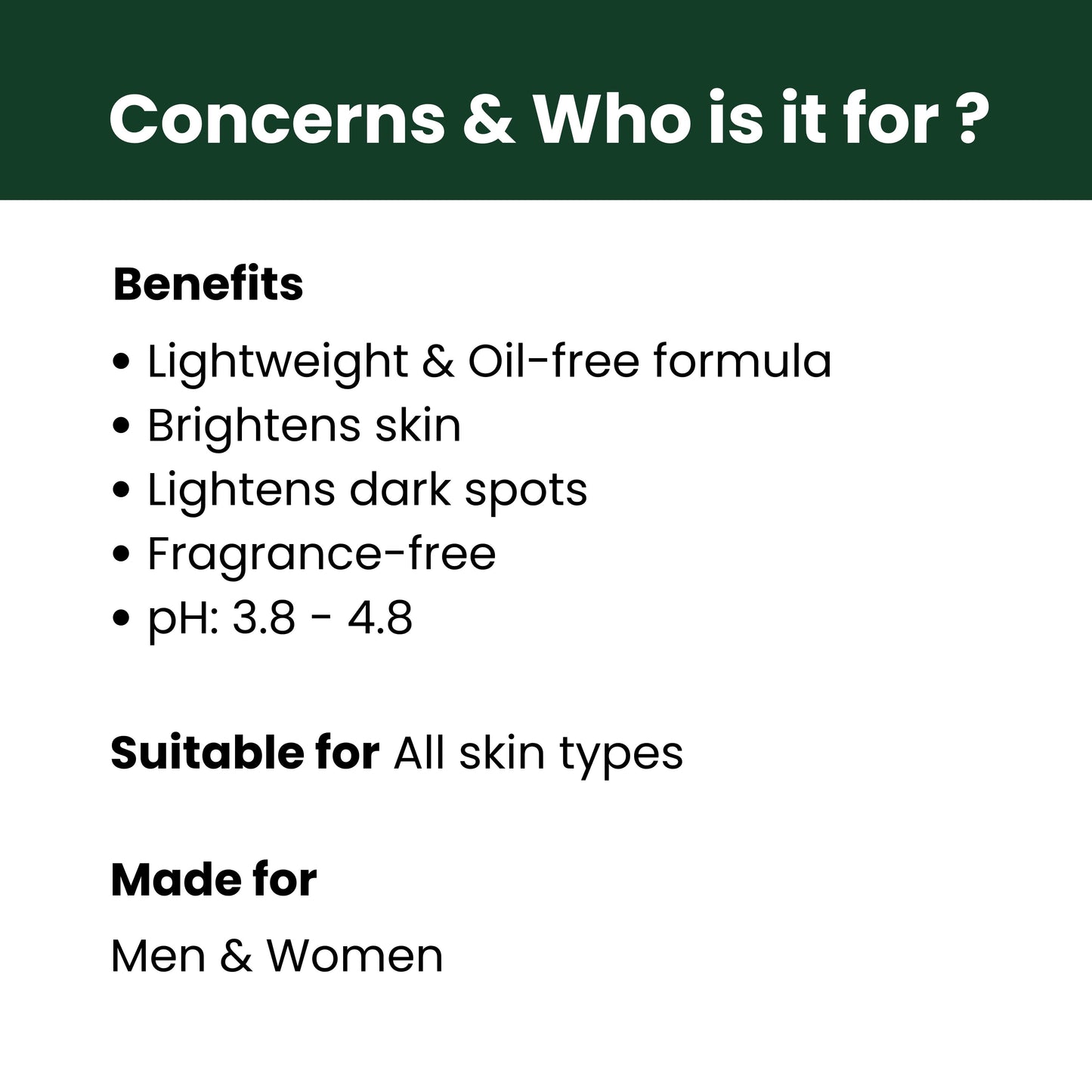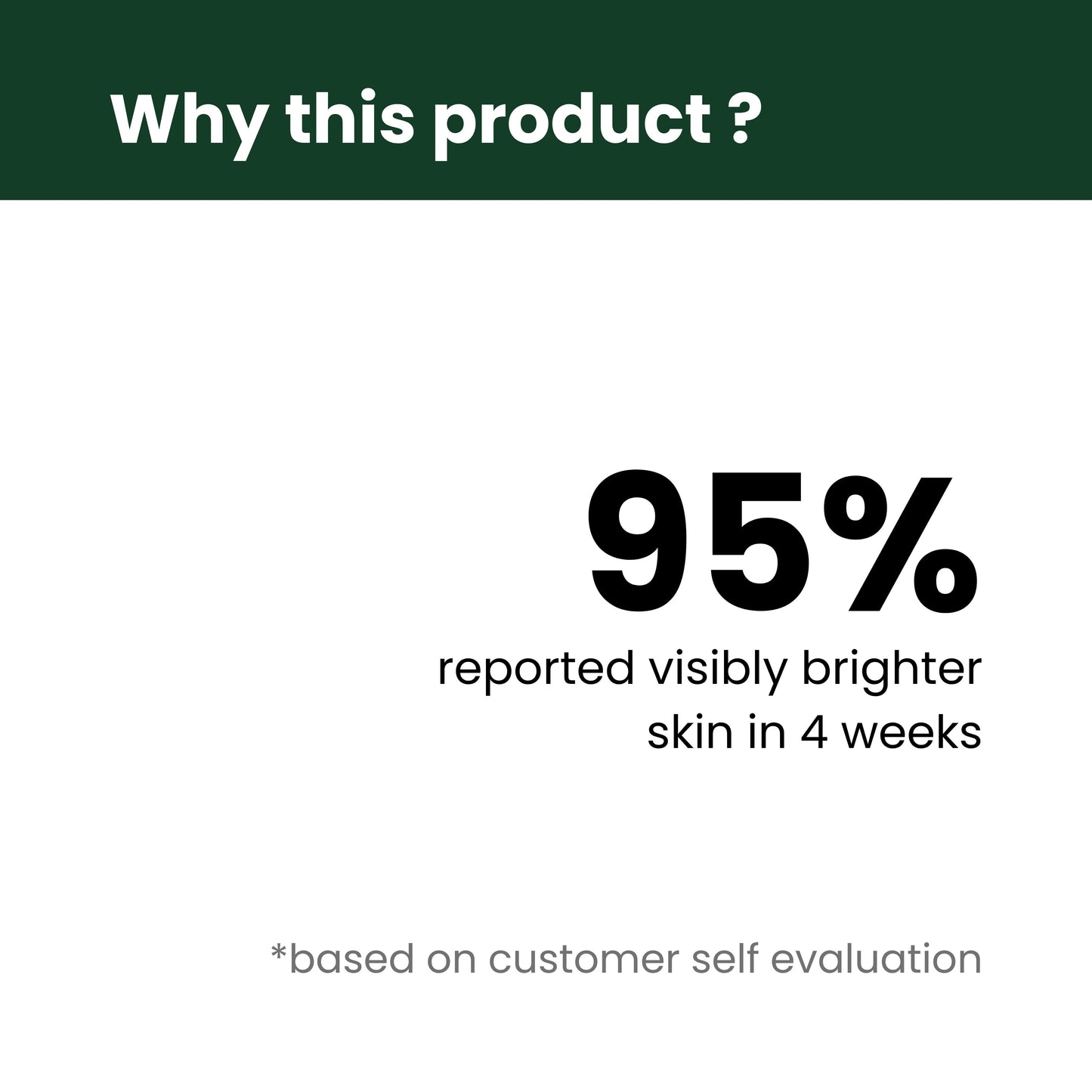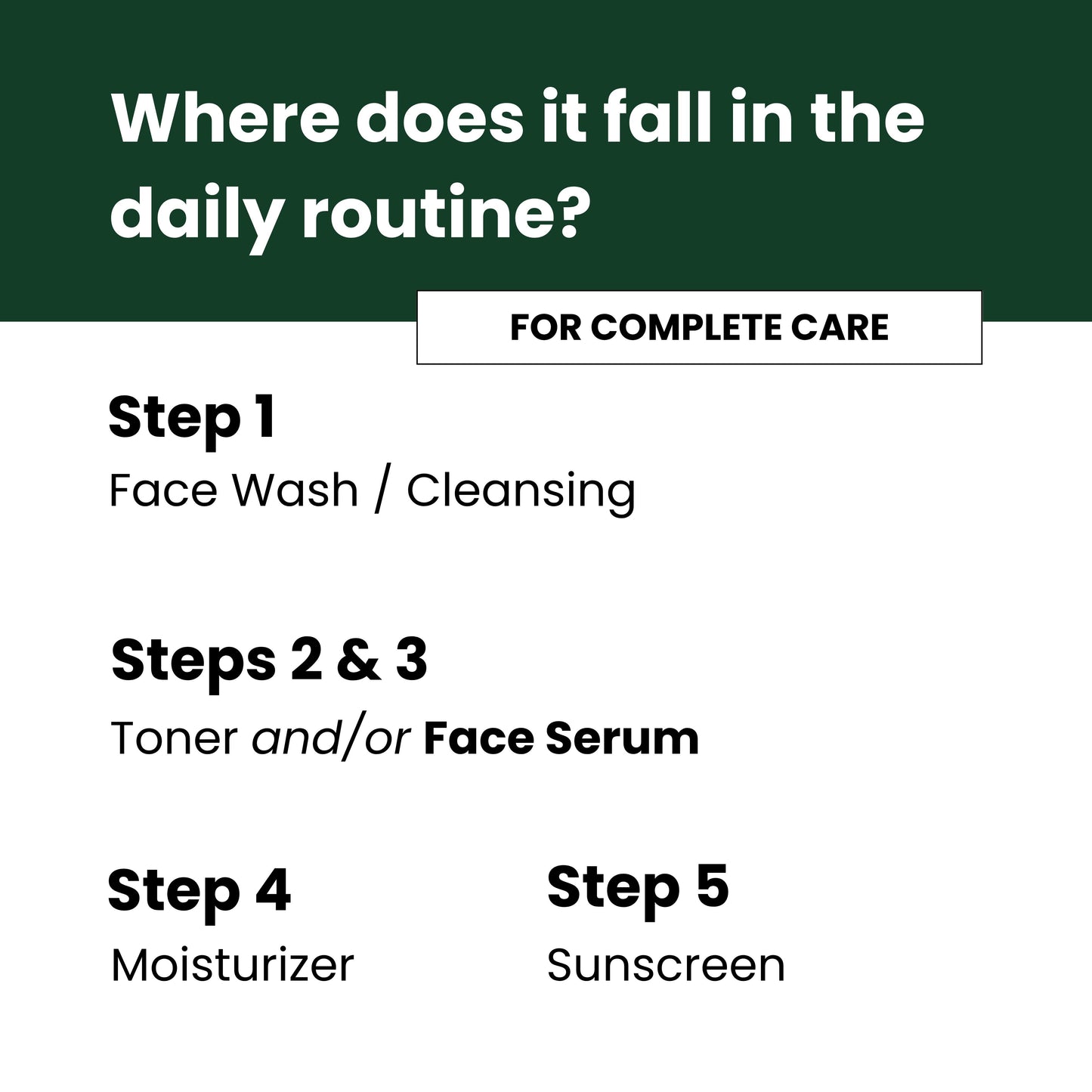Can We Apply Salicylic Acid Serum On Face Daily?
Welcome to Afterthought. Salicylic acid has long been a staple in skincare, renowned for its potent acne-fighting properties and ability to exfoliate the skin. While it’s widely available in various forms, salicylic acid serum has gained particular popularity due to its efficacy and ease of use.
But can you apply salicylic acid serum on your face daily? In this comprehensive guide, we’ll delve into the benefits, potential risks, and best practices for incorporating salicylic acid serum into your daily skincare routine.
What is Salicylic Acid?
Salicylic acid is a beta hydroxy acid (BHA) derived from willow bark. Unlike alpha hydroxy acids (AHAs) that are water-soluble, BHAs are oil-soluble, which allows salicylic acid to penetrate deeply into the pores. This makes it exceptionally effective for treating acne, blackheads, and whiteheads by dissolving the debris that clogs pores.
Benefits of Salicylic Acid Serum
- Exfoliation: Salicylic acid helps in shedding dead skin cells from the outer layer of the skin, promoting a smoother and more radiant complexion.
- Acne Treatment: Its ability to penetrate and clear out pores makes it highly effective in reducing acne and preventing future breakouts.
- Anti-inflammatory: Salicylic acid possesses anti-inflammatory properties, which can help reduce the redness and swelling associated with acne.
- Oil Control: It helps regulate oil production, making it particularly beneficial for those with oily or combination skin.
- Improvement in Skin Texture: Regular use can lead to refined pores and smoother skin texture.
Daily Use: Is It Safe?
While salicylic acid serum can be a powerful tool in your skincare arsenal, daily use requires careful consideration. Here’s what you need to know:
- Concentration Matters: Over-the-counter salicylic acid serums typically contain 0.5% to 2% salicylic acid. Higher concentrations can be more irritating, especially for sensitive skin. Start with a lower concentration if you’re new to salicylic acid.
- Skin Type Consideration: Those with oily or acne-prone skin might tolerate daily use better than those with dry or sensitive skin. Adjust your usage based on how your skin responds.
- Potential Irritation: Daily use of salicylic acid can lead to dryness, irritation, and peeling, especially if used in conjunction with other exfoliating products. Monitor your skin’s reaction and adjust accordingly.
Best Practices for Daily Use
- Patch Test: Always perform a patch test when introducing a new product to your skincare routine. Apply a small amount on your inner forearm and wait 24-48 hours to check for any adverse reactions.
- Gradual Introduction: If you’re new to salicylic acid, start by using the serum every other day. Gradually increase to daily use if your skin tolerates it well.
- Hydration is Key: Salicylic acid can be drying, so it’s crucial to keep your skin hydrated. Follow up with a good moisturizer to maintain the skin’s moisture barrier.
- Sun Protection: Salicylic acid can make your skin more sensitive to the sun. Always apply a broad-spectrum sunscreen with SPF 30 or higher during the day.
- Avoid Over-Exfoliation: Be cautious of using other exfoliating products (like AHAs or physical scrubs) in conjunction with salicylic acid, as this can lead to over-exfoliation and irritation.
How to Incorporate Salicylic Acid Serum into Your Routine
- Cleansing: Start with a gentle cleanser to remove dirt, oil, and makeup. Avoid using harsh cleansers that can strip your skin of its natural oils.
- Application: Apply a few drops of salicylic acid serum to your fingertips and gently massage it into your face, focusing on areas prone to breakouts.
- Moisturize: After the serum absorbs, apply a hydrating moisturizer to soothe and protect your skin.
- Sunscreen: In the morning, finish your routine with a sunscreen to shield your skin from UV damage.
Alternatives and Complementary Products
- Niacinamide: This anti-inflammatory ingredient can complement salicylic acid by reducing redness and strengthening the skin barrier.
- Hyaluronic Acid: Pairing salicylic acid with hyaluronic acid can boost hydration and prevent dryness.
- Retinoids: While potent, retinoids should be used cautiously with salicylic acid to avoid excessive irritation. Consider alternating their use on different days.
Common Concerns and Solutions
- Dryness and Peeling: If you experience dryness or peeling, reduce the frequency of use and ensure you’re applying a rich moisturizer.
- Stinging or Burning: Mild stinging is common, but if it persists or worsens, discontinue use and consult a dermatologist.
- Breakouts: Initial breakouts, known as purging, can occur as the skin adjusts. If breakouts continue beyond a few weeks, reevaluate your routine.
Conclusion
Salicylic acid serum can be a game-changer for those battling acne and seeking smoother skin. While daily use is possible, it’s essential to listen to your skin and adjust accordingly.
By starting with a lower concentration, introducing the product gradually, and maintaining proper hydration and sun protection, you can safely incorporate salicylic acid into your daily skincare routine for clear, radiant skin.
Remember, everyone's skin is different. Consulting with a dermatologist can provide personalized advice tailored to your unique skin concerns and needs.
